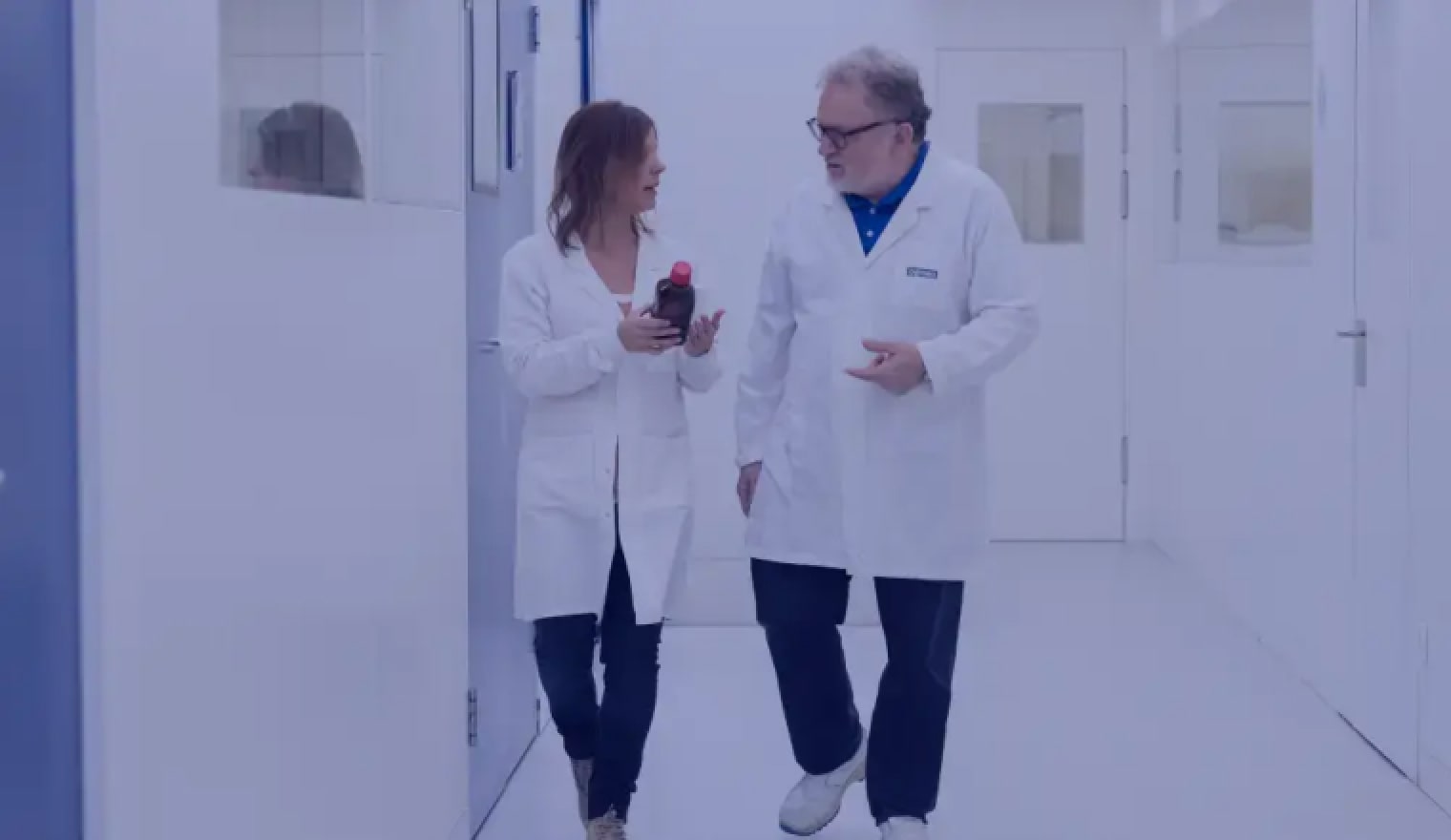Daily oral healthcare


What is it?
According to the WHO, oral health is a key component of general health and of psychosocial well-being. In other words, what happens in the mouth affects the entire body.
Pain, difficulty eating, social stigma and economic costs of treatment emphasise the importance of prevention, early diagnosis, and appropriate treatment of these conditions with healthy lifestyle habits, regular visits to the dentist and the support of science-backed oral healthcare solutions.
Description
Hygiene is one of the main ways to preserve health, and oral care is a key part of daily hygiene throughout all stages of life starting from when the first teeth appear. Inadequate oral hygiene can lead to various health issues.
Therefore, it’s important to establish lifelong oral hygiene habits and regularly visit the dentist.
Daily oral hygiene
The goal of good oral hygiene is to prevent and remove bacterial plaque to protect teeth and gums.
Key guidelines include: Brush your teeth twice a day for at least two minutes.
Select a brush with a small head and medium or soft filaments.
Clean between your teeth with dental floss or tape, or use interproximal brushes for wider spaces.
Replace your brush about every 3 months.
Use plaque disclosing agents to reveal bacterial plaque build-up, aiding in more thorough brushing.
Perform tongue cleaning, sweeping from back to front to remove food debris, mucus, bacteria, and other particles.
Use an oral irrigator to remove bacteria from teeth, gums and hard-to-reach areas.
Use mouthwash (daily-use or specific, depending on your needs) to effectively reduce bacterial plaque and ensure fresh breath.
Ideally, avoid them, but if consumed, it’s best to brush afterward. Visit your dentist regularly for check-ups, ideally 1-2 times a year, and for professional cleanings.
Associated problems
The oral cavity hosts a diverse ecosystem, with over 1,000 microbial species colonising different areas.
Some of the bacteria in bacterial plaque are potentially pathogenic and responsible for common associated problems: Caries
Gingivitis and periodontitis
Halitosis
Brushing technique
There are several brushing techniques, some more suitable than others depending on the person. The key is to use a technique that comfortably removes bacterial plaque, within a reasonable time and without causing any tissue damange.
One recommended method is the Bass Technique, as it effectively removes bacterial plaque along the gingival margin, helping to prevent gum disease.
This technique involves: Positioning the brush at a 45º angle in relation to the tooth and gum, making gentle oscillating movements along the gum line, and then sweeping away from the gum.
Solution in the ingredients
We drive technological innovation and focus on developing products backed by science. Our solutions are crafted from effective, high-quality formulas, designed with the highest safety standards.

Cetylpyridinium chloride (CPC)
It is a highly effective oral antiseptic that enhances the antibacterial action of chlorhexidine (CHX) for optimal protection.

Chlorhexidine Digluconate (CHX)
Chlorhexidine is considered the gold standard antiseptic as it is the most effective.
We maintain a press room that offers information of interest to the community regarding news in the oral health sector and updates from Dentaid. Stay informed on the latest trends.

We collaborate with dentists, hygienists, pharmacists and general health professionals, co-creating knowledge and offering training that facilitates the development of their work.
Cookie Policy
We use our own and third-party cookies to analyse website usage and display ads tailored to your preferences based on a profile created from your browsing habits (e.g., pages visited).
You can accept or reject all cookies, or customise your preferences.